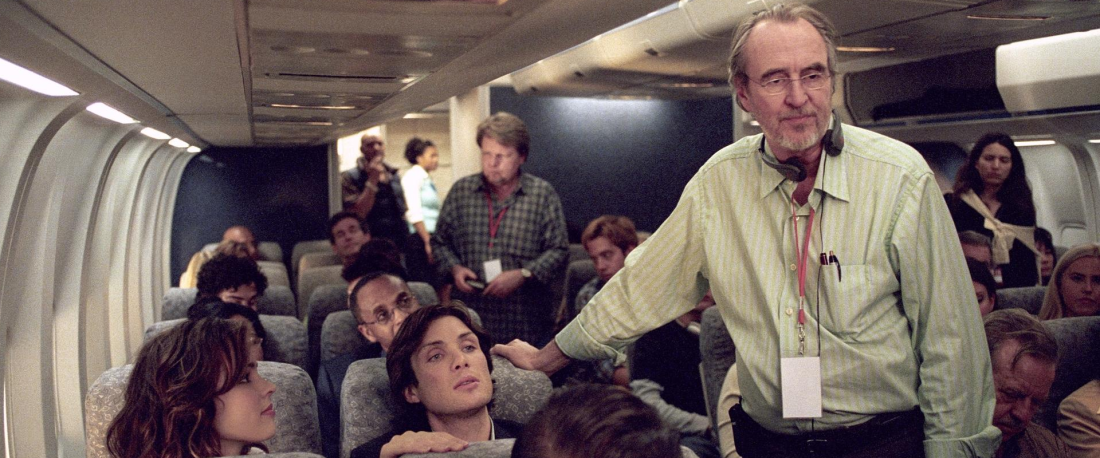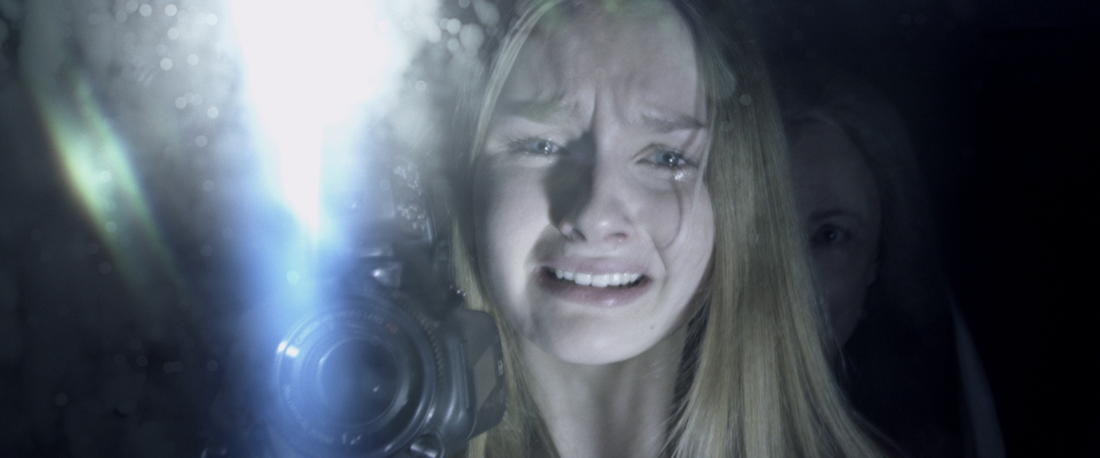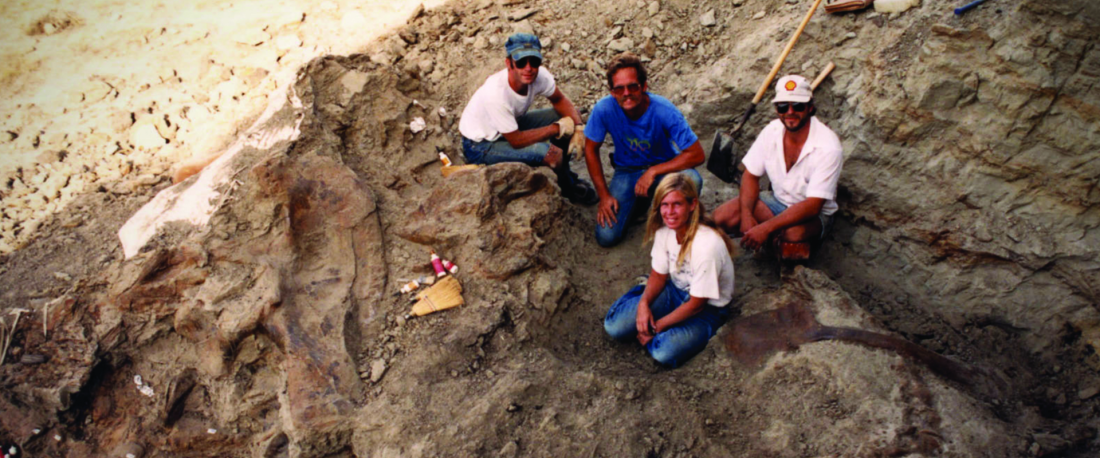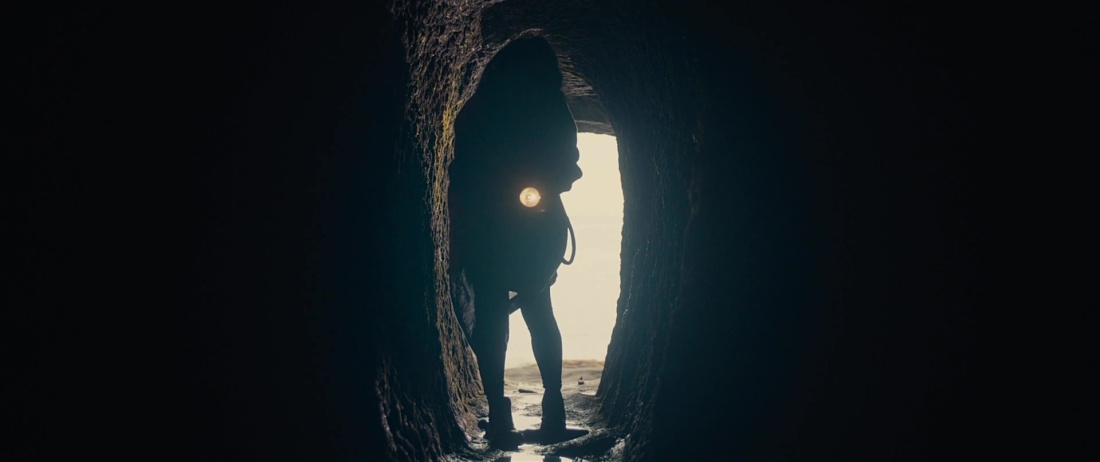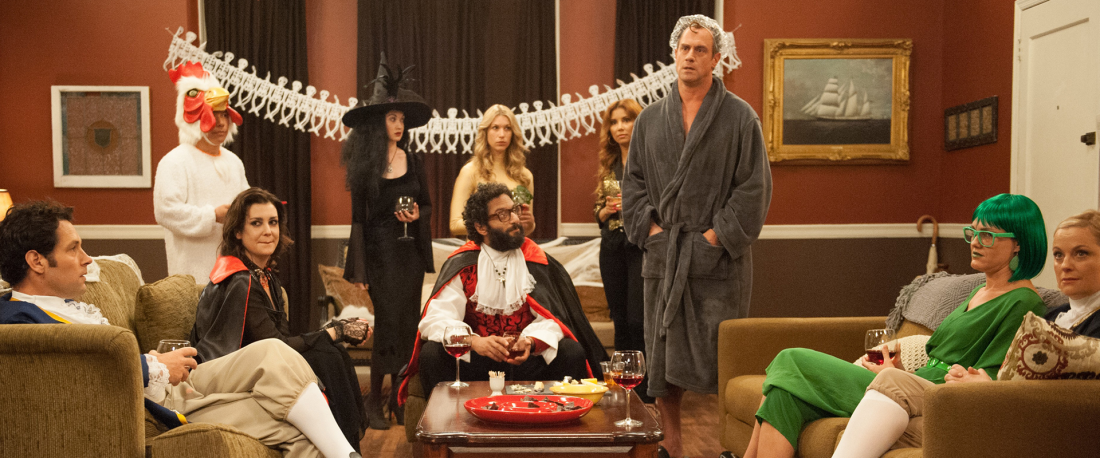
This piece was originally published on the 24th of April 2014 by The 405. I’ve made a few alterations to the version I’m uploading here because the original was frankly all over the fucking place. If I remember correctly, I had a night to write the majority of this piece, and that really shone through when reading it back today. This was also my first experience with any kind of press event, so I was pretty overwhelmed by commuting to London, watching five films in a row, going back home, having a few hours to write about those films to a kind-of professional standard, and then going back to London the next day for more (all for no form of remuneration, I might add). And, on a more fundamental level, I was nineteen and a worse writer back then (very much in a ‘Gee, isn’t Film Crit Hulk the greatest!’ phase). I could also shit on the editor, but I won’t. Just know that I could. So, yeah, think of this piece as it is presented here as a graphical remaster of a mediocre video game: I’ve made it look a bit prettier and smoother, but the controls are still kind of janky and the level design is uninspired. That is to say, this is basically the Futurama: The Video Game HD of film festival reports. Click the link if you want to read the original, but you’ve been warned.
You don’t need to have attended the Sundance Film Festival to be aware of its enormity. It began somewhat modestly in 1985, when Robert Redford’s Sundance Institute assumed control of the U.S. Film Festival, which had been held in Park City, Utah for a few years until that point. Eighty-six films screened that year across two screens. It has since mutated into the vanguard of American independent cinema, boasting an exorbitant programme of films that roughly averages around the two-hundred mark. Nearly fifty-thousand people now descend upon Park City for two weeks each January to experience not only the familiar faces on the festival circuit hawking their new wares, but the newest, most exciting voices voices in American and world cinema. Indeed, Sundance is one of the most prestigious outlets for emerging filmmakers, and, as such, is up there with the best festivals as a platform for discovering new talent. In short, Sundance is fucking huge in every sense of the word.
That’s all important to keep in mind because Sundance London, the offshoot festival now in its third year, is minuscule. Really, it’s tiny. For one, where Sundance takes up an entire city for a fortnight, Sundance London occupies the Cineworld in Greenwich’s 02 Arena for a weekend. Moreover, this year’s programme comprises a mere twenty features (including three ‘From the Collection’: Reservoir Dogs [1992], Memento [2000] and Winter’s Bone [2010]), seventeen shorts divided into two separate programmes, and the world premiere of Archive’s short film Axiom. So, when compared to Sundance proper, Sundance London sets up an interesting dichotomy. Owing to its vastness, it’s likely that one’s experience of Sundance USA will mostly consist of wading through mediocre films, but that only exacerbates the unbridled joy of discovering a great film. Sundance London inverts this: most of the fat has been trimmed off, supposedly offering a selection of the best bits of Sundance USA, but this comes at the expense of that sense of discovery. To be sure, ever feature film showing at Sundance London this year also played Sundance 2014 (with the exception of Fruitvale Station, which played the 2013 festival), meaning that if you’re interested enough in cinema to attend Sundance London, there’s a good chance that you’ve at least heard about some of, if not all, the films on show.
Continue reading “Sundance London 2014 Report (Part 1)” →
